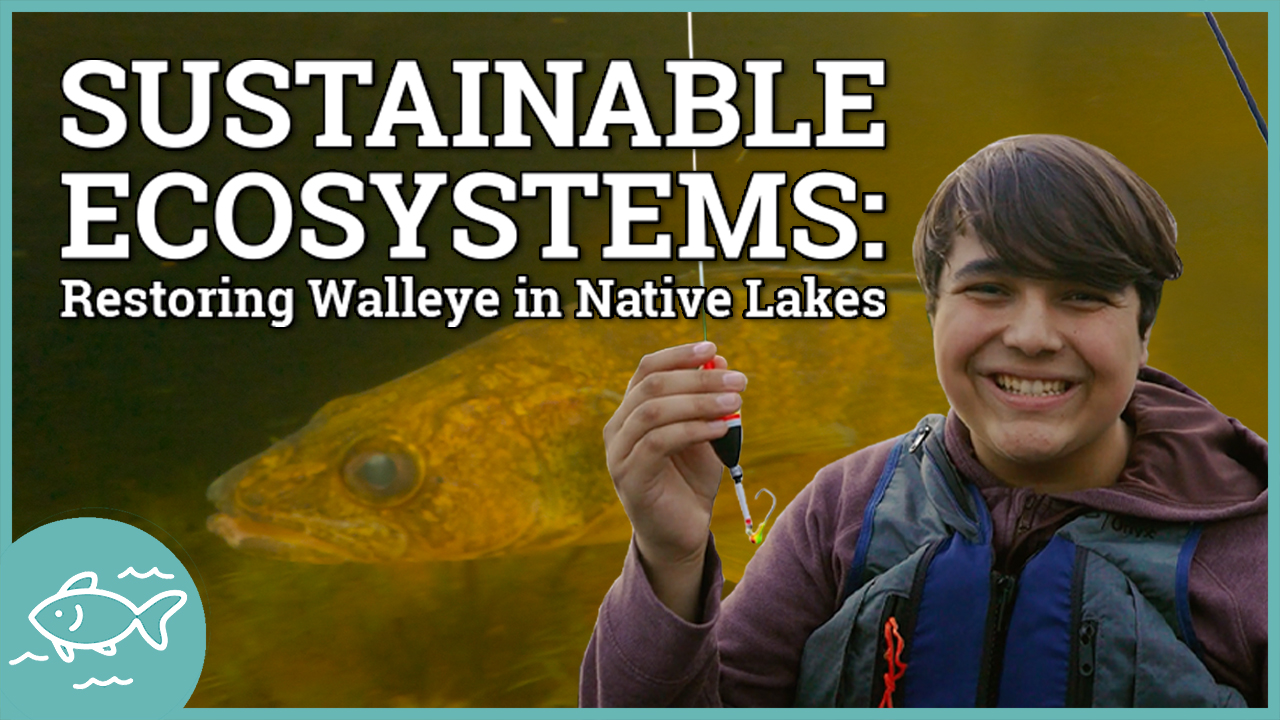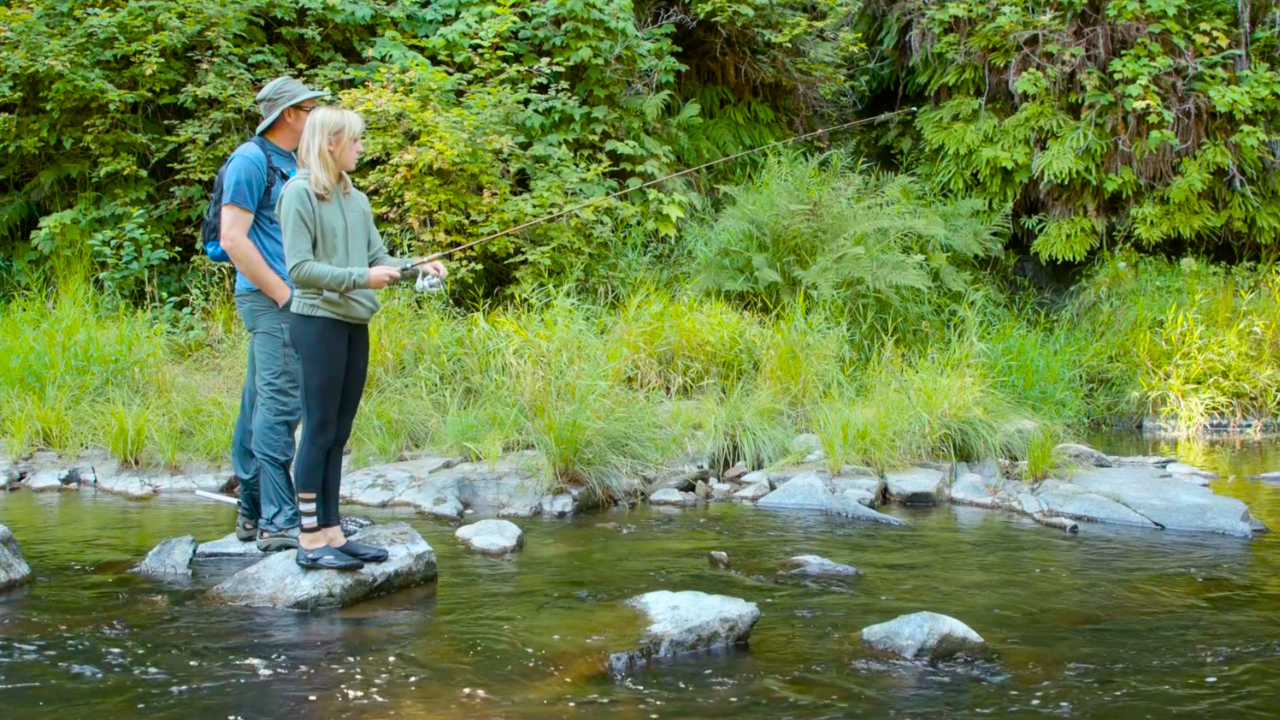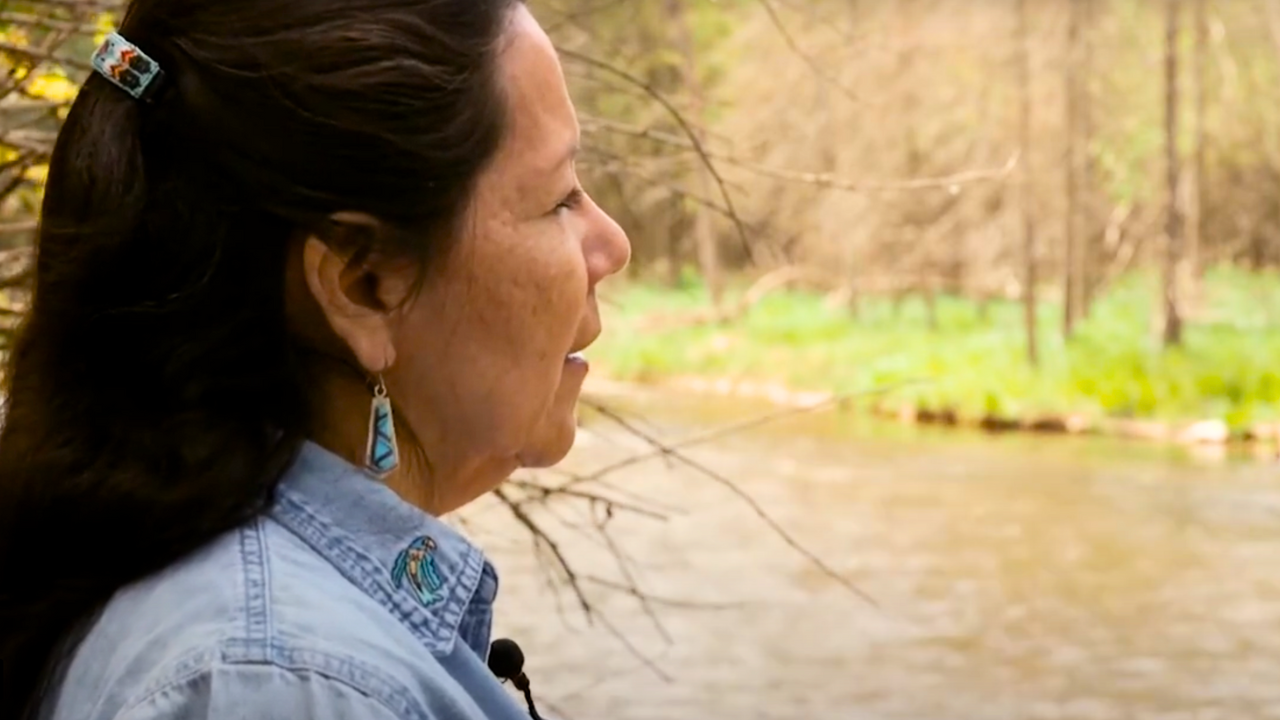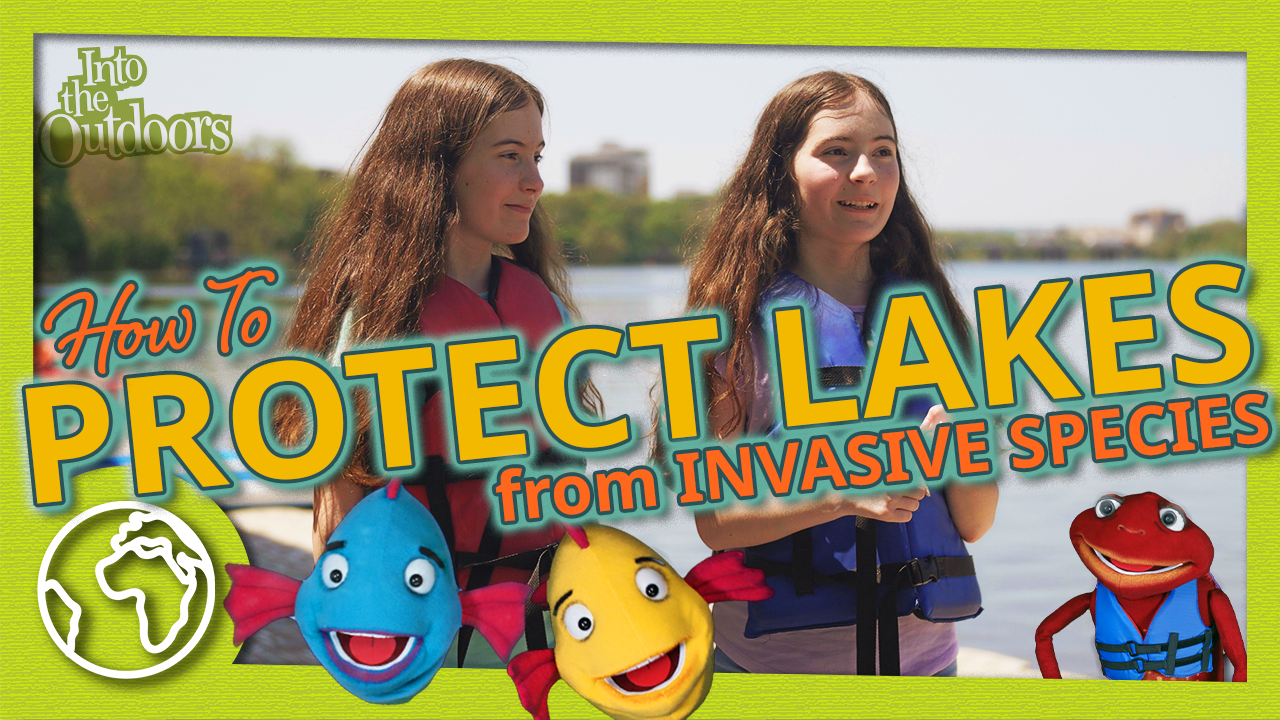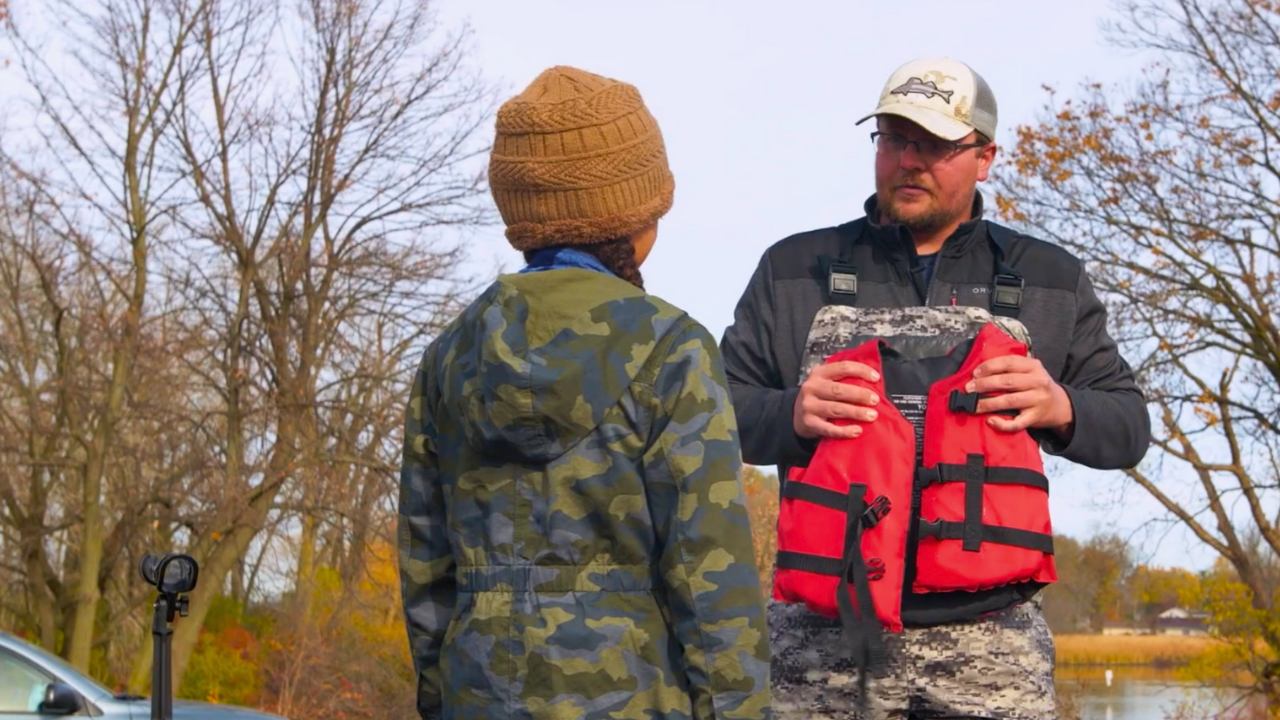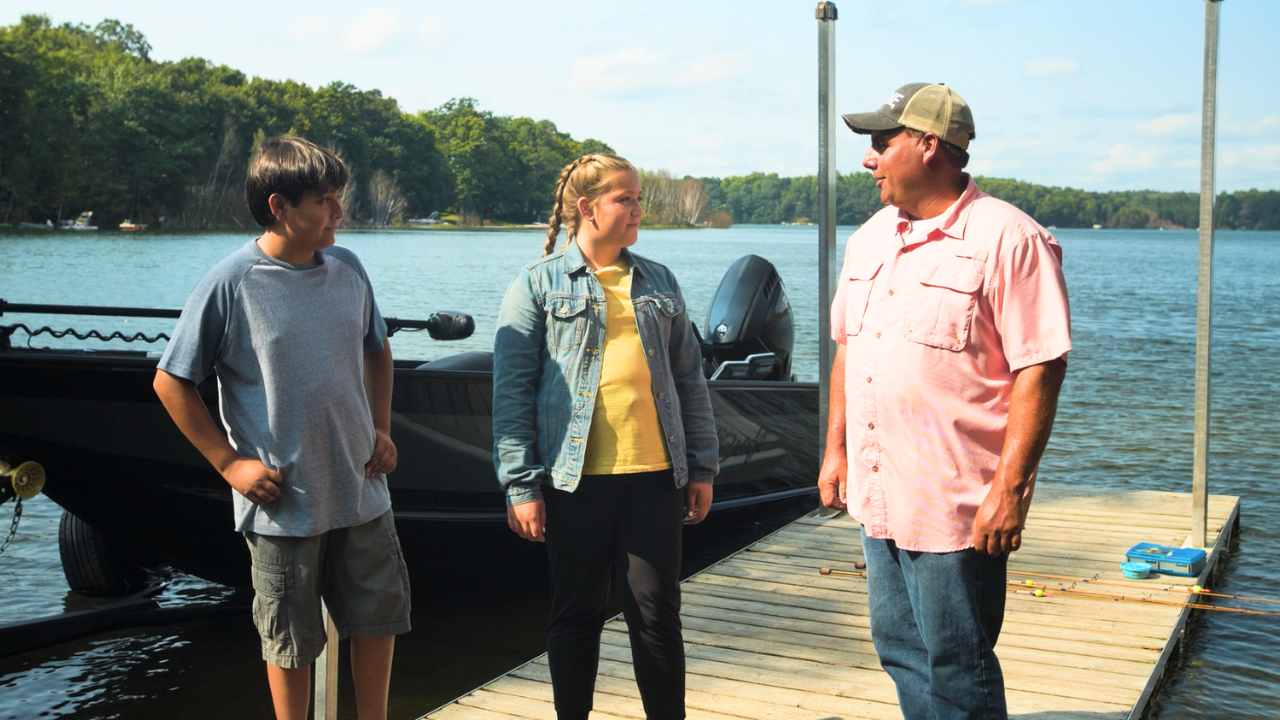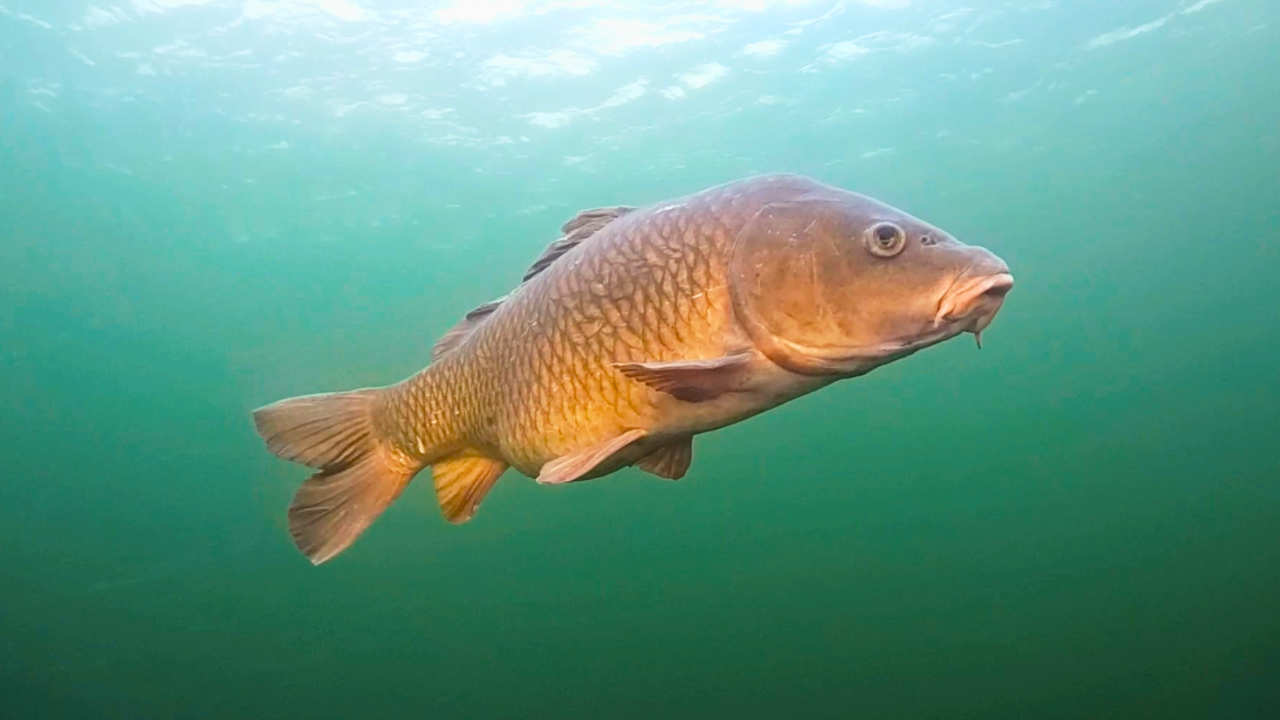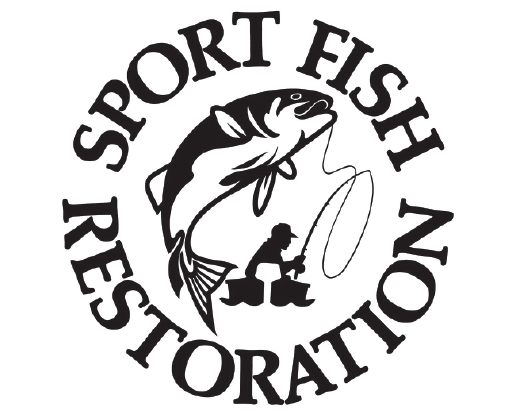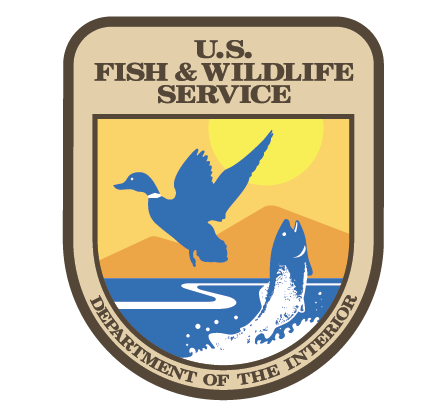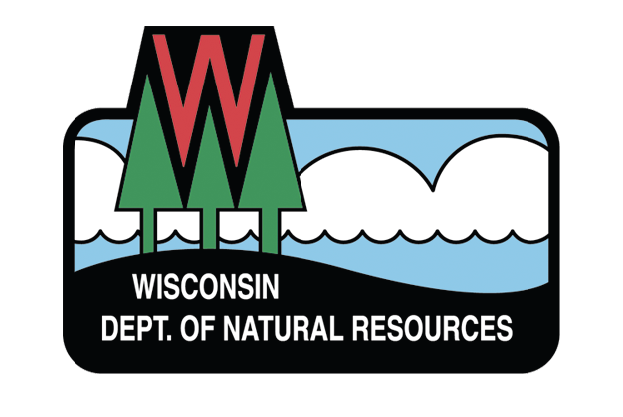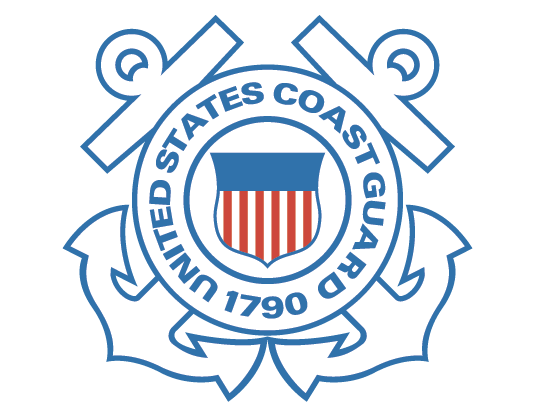Whether you’re boating or fishing from a boat, canoe, or kayak, being safe on the water comes down to a few basic facts. The first fact facing us humans is that we can’t breathe if we’re underwater. Duaah, no kidding! But even floundering in rough water on the surface can cause someone to choke on so much water that they could pass out and drown.
That concept is supported by the second fact: 79% of fatal boating accident victims drowned. Of those drowning victims, 86% were not wearing a life jacket.
And although we can’t survey people who drowned, (because they’re dead or fish-bait) most who were not wearing a PFD (personal flotation device) would probably have boasted beforehand that they didn’t need to wear one because… “What? Me worry? Heck, I’m a decent swimmer!” Kinda makes you wonder if they thought about that as they took their last lung-full of water before they passed out and drowned?
All of that makes the third fact pretty simple logic; It’s pretty darn hard to drown if you’re wearing your life jacket. So why were those hundreds of fatal drowning victims each year not wearing a PFD? That’s what we’ll decode here both in the content of this webpage, in the video here, and for students and teachers to learn from each other in the fun, interactive lesson activity at the bottom of this page.
So let’s begin by decoding the two reasons people make fatal mistakes. People contribute to fatal accidents, on the water or on land, because they either 1) don’t recognize the potential dangers beforehand, or 2) they think it’s not that dangerous for them, so they try doing it anyway. Although we can’t prevent someone from risking their life or the lives of loved ones, we can solve “not knowing” with education that empowers people to make safe-n-smart choices on the water. We already covered the first biggie; wearing your life jacket from the moment you get near the water to the moment you’re on dry land again. And if you hear someone whining about the excuses for not wearing one; “It makes me look fat”, “It’s too bulky and hot”, “It makes me look uncool to my friends”. Push the pause button and ask them if they want to look dead or alive. Then explain Fact #2 to them.
Of course there are other reasons that people get into trouble on the water. In fact there are soooo many reasons and circumstances that it’s too much to try and cover here. If you’d like to research those details, explore the boating safety website of our educational partner here, The U.S. Coast Guard. And before you ever try operating a boat, you really should:
- Watch these other boating safety videos
- Share the Safe-N-Smart Summer Camp Boating Plan Activity below with your teacher and class
- And here’s the second biggie… take an online boating safety course in your state to get certified to operate a boat using your new safe-n-smart savvy skills (try saying that three times quickly).
The information in our video and on this page was made possible by our educational partners.
The following FULL VIDEO provides you with 25 minutes of boating safety information that could help save your life. The CLASSROOM VIDEO is just under 7 minutes long.
Full Video
CLASSROOM VIDEO
Boating Safety Savvy
Classroom Assets
Boating Safety Savvy




